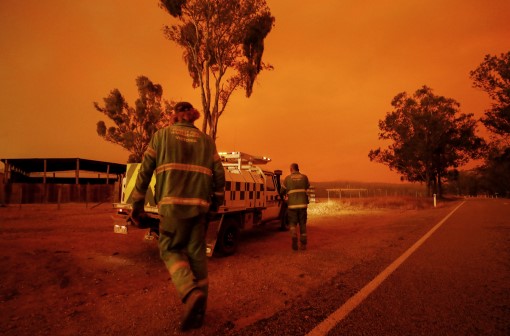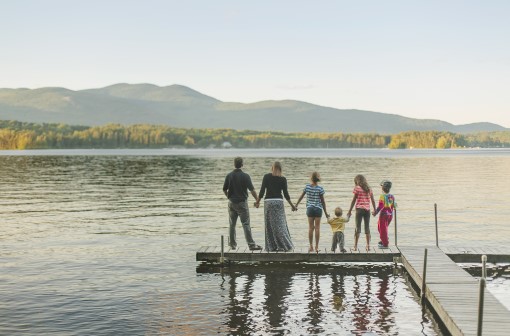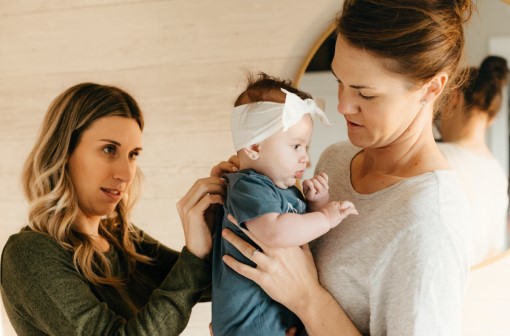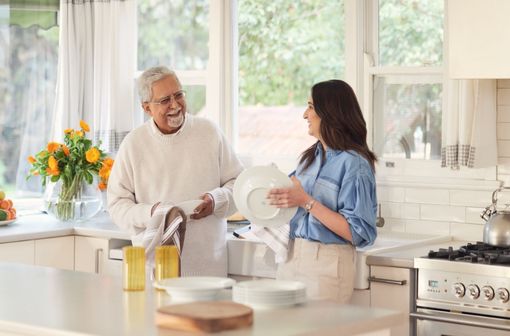“The obvious one is volunteering. It might be taking part in an initiative like Clean Up Australia Day, or helping with services that help build connection with elderly people. Community sport is also a big one that helps connect people.”—Associate Professor Delyse Hutchinson, the lead researcher of the Australian Unity Wellbeing Index.
Key points
- Wellbeing is closely linked to our connection with partners, family, friends, work colleagues, people in our communities and others.
- Research shows community connectedness also becomes increasingly relevant to our wellbeing.
- Those living in regional areas of Australia tend to have higher community connectedness scores than those living in metropolitan areas.
The way we interact socially—from spending time with our family and colleagues to having a cuppa with the neighbours or being involved in the local community—has been shown to affect our life satisfaction.
Associate Professor Delyse Hutchinson, the lead researcher of the Australian Unity Wellbeing Index, describes the “we” of wellbeing as “the next level” after personal wellbeing, although there is an overlap in the types of things that support both levels of wellbeing.

Delyse emphasises that many years of research has shown that positive connections with other people is a key indicator of greater life satisfaction.
“Humans are social by nature, with wellbeing closely linked to our connection with partners, family, friends, work colleagues, people in our communities and others,” she says.
As with personal wellbeing, relationships are particularly important, but community connectedness also becomes increasingly relevant.
The inner circle
Supportive, caring and meaningful relationships with partners, family and friends play a critical role in bolstering our wellbeing, particularly during challenging periods of life—such as losing our job or living through the COVID-19 pandemic.
Strong romantic relationships are also important, and people who are married or in a de facto relationship typically experience more stable levels of wellbeing than other groups.
Serving the community
We also learnt that people who have a greater connection with their community also tend to have higher wellbeing.
Delyse says there are many ways that people can build this community connectedness: “The obvious one is volunteering. It might be taking part in an initiative like Clean Up Australia Day, or helping with services that help build connection with elderly people. Community sport is also a big one that helps connect people.”
The place we call home is also a factor that influences “we” and shapes wellbeing. Delyse says the research shows that “those living in regional and rural areas of Australia tend to have higher wellbeing than those living in metropolitan areas, achieving higher scores on community connectedness”.








